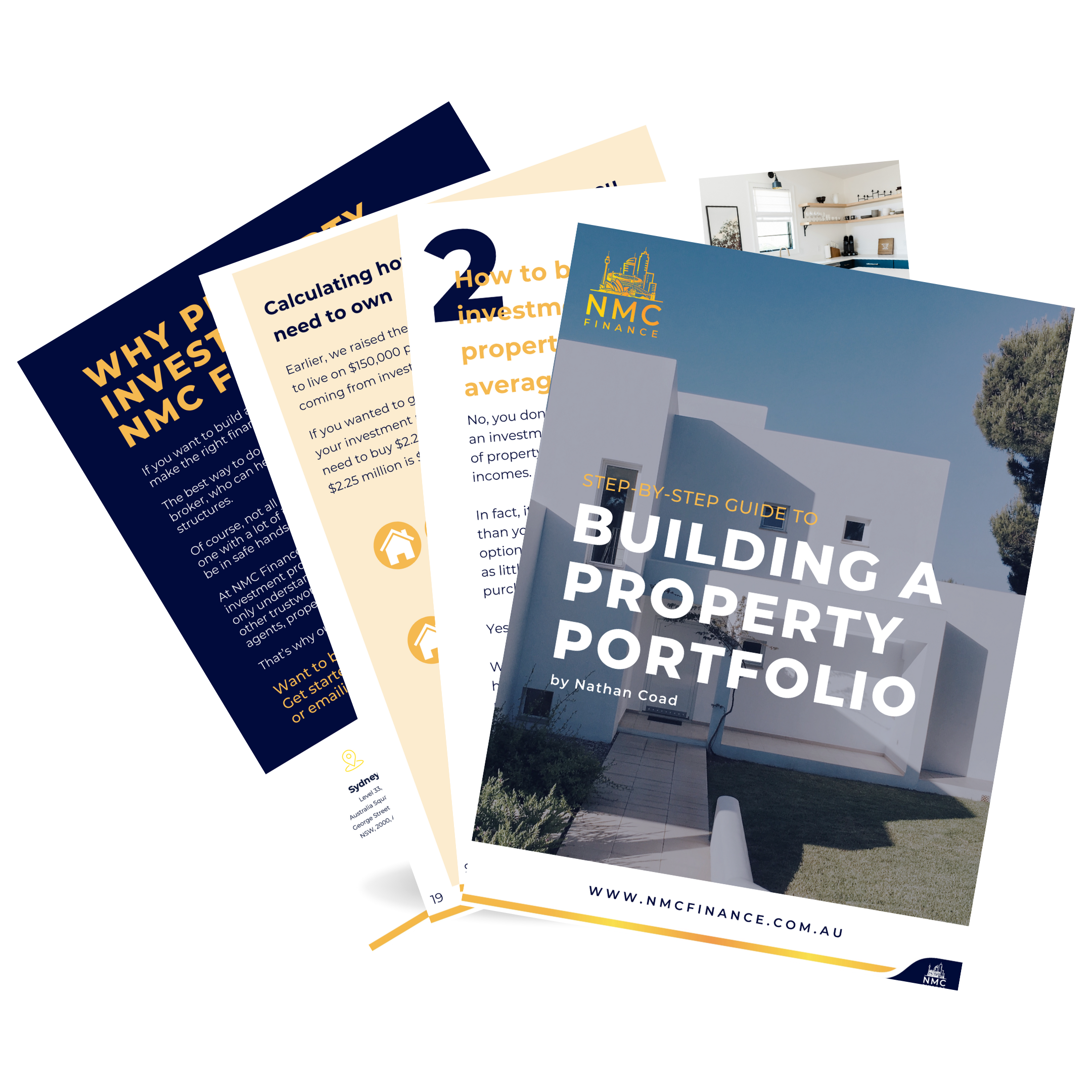Given the median value of a home in Melbourne was over $800,000 in April, it’s no wonder that getting on the property ladder can seem tough.
Your biggest challenge? Saving that all-important deposit – which can take years of scrimping and saving.
But all is not lost.
With a solid plan, some patience and self-discipline, it’s possible to speed up the deposit-saving process.
What size deposit do you need?
Before you crack down and start saving, you need to know what your end goal is. The answer? Well, it depends.
That’s because, while the standard deposit is 20% of the property price, some home loan lenders let you put down as little as 5% if you pay for lender’s mortgage insurance (LMI).
What’s LMI?
LMI is a one-off insurance premium that’s added to your home’s mortgage when you borrow more than 80% of the property’s value. It protects the lender from loss in the event you default on your home finance.
Bear in mind, though, that the average LMI fee is $6,200 – so it can add thousands of dollars to your costs. That said, paying the premium can help you jump into the market sooner – which can be advantageous when prices are rising faster than you can save.
You also need to include the other upfront costs associated with buying property in the target such as:
- Stamp duty
- Legal fees
- Building and pest inspection fees
- Moving costs
- Mortgage lender application fees
Factor in state and federal governmental incentives
Don’t want to pay LMI but still want to buy a home with less than a 20% deposit?
The good news is you might not have to if you’re eligible for help from the federal government through the:
- First Home Loan Deposit Scheme
- New Home Guarantee
- Family Home Guarantee
- Regional Home Guarantee
What’s more, with those last two schemes, you don’t even have to be a first home buyer to qualify.
Victorian first home buyers may be eligible for more help at the state level with the First Home Owner Grant. This grant can be a great boost towards your deposit goal.
4 tips to help you save for a home deposit
Now you know what your target is, what can you do to get there faster – beyond the standard advice of sticking to a budget and tracking your expenses?
Here are four ideas:
1. Move back home
Saving for a deposit while also paying rent can be a bit like robbing Peter to pay Paul. So while it’s not ideal, temporarily moving back home with your parents can free up more money to set aside for a deposit. If moving back home is out of the question, reduce your rent as much as possible by moving into a cheaper place or doing a house-share.
2. Get a grip on debt
Diverting money to pay off debt might seem counterintuitive when it comes to saving a deposit. But find a mortgage broker and they’ll tell you that lenders look at your debt-to-income ratio when they assess your loan application. The higher this is, the less you can borrow – which will impact how much you need to save for a deposit.
3. Shop around for deals on your utilities
Review your utility providers and other regular household expenses to make sure you are on the best deals. These days, there are plenty of savings to be had for very little effort – with many companies competing hard for your business.
4. Pay with cash instead of cards
Did you know that if you use a credit or debit card, you’re more likely to spend more than you would with cash? That’s because there’s something about physically handing over money that makes you think twice before you spend it. As a result, you’re less likely to make an impulse purchase.
Looking to break into the property market? NMC Finance is an experienced home loan broker and can help you get on the ladder. Contact Nathan Coad on 0498 766 639 or nathan.coad@nmcfinance.com.au to find out more.
* This blog is intended for general informational purposes only. For personalised advice tailored to your unique financial situation, please contact NMC Finance.

